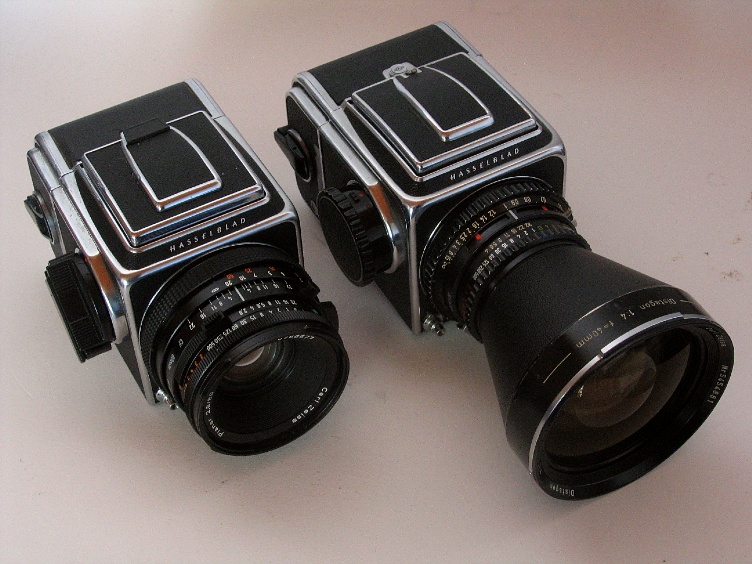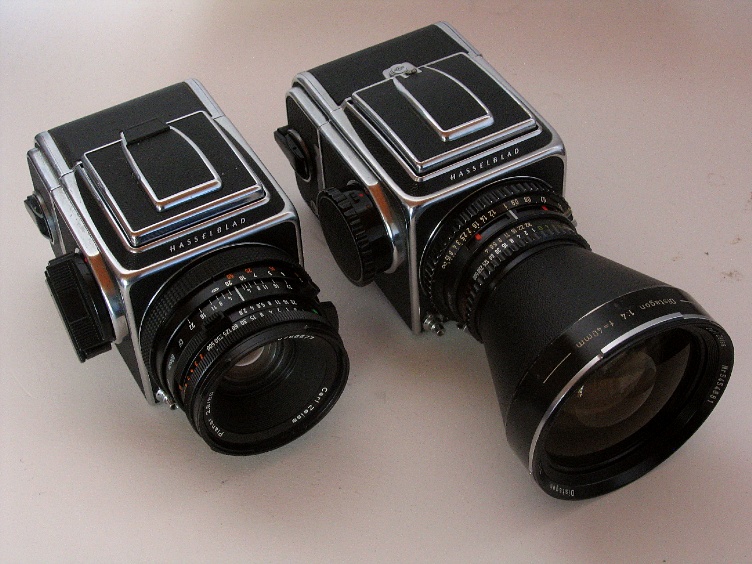So the newer one has only one focussing ring. And I suspect that all new 40 IF lens has impressiv "big blue Zeiss logo" on the right side.
The new one has beter MTF curves but has more distortion too.
The "very" old one (C-pre 1987) is a poor quality lens for today standard but the price is not so low.
Let see if one day Zeiss will produce a biogon CFE IF 65mm 2.0 to kill any chance for other competitors.
Isidor,
It costs 4000 euro but for that money the 40 mm IF comes with the blue Zeiss label printed on the lens barrel.
MTF is improved and distortion is still very very low.
You want a super wide angle with virtually zero distortion? Buy a SWC.
The C 40 does not perform well at close range.
Users are warned by a mechanical lock that they are about to enter a focusing distance where the lens will not perform as it does at larger distances.
Still the 40 mm C is a very good lens even by todays standards.
There are no bad Zeiss lenses. There are only good ones and even better ones. Prices for the C 40 mm are low even taking into account the later lenses are better at close range.

right an early 40 mm C lens without T* bought for 300 euro (not for sale)
I can meet you half way for a 65 mm Biogon.
What about a 60 mm Biogon, no databus but an exceptional lens.
To be used exclusively with cameras designed for fotogrammetrie.
Unless you have the lens adapted like I did for use with a V series camera.
Paul



